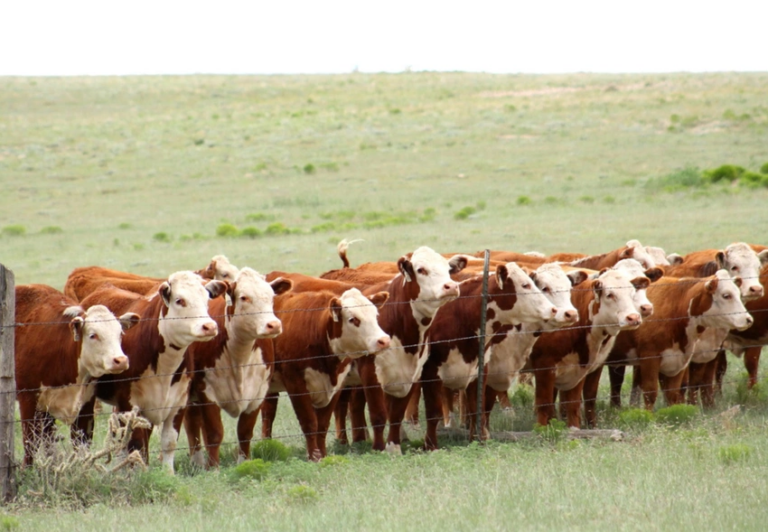Unveiling the Art of Steak: Understanding Cuts and Perfecting Cooking Methods

Steak, a carnivorous delight cherished by food enthusiasts around the world, is a testament to the marriage of quality cuts and masterful cooking techniques. From the sizzling grill marks of a well-cooked ribeye to the tenderness of a perfectly seared filet mignon, understanding the diverse world of steak cuts and the art of cooking them is an essential journey for anyone seeking to elevate their culinary prowess.
The Prime Players: Common Steak Cuts
- Ribeye: Known for its rich marbling, the ribeye offers a robust and flavorful experience. The intermingling of fat and meat provides a juicy and tender steak when cooked to perfection.
- Filet Mignon: This cut comes from the tenderloin, offering a leaner option prized for its tenderness. While it may lack the fat content of other cuts, its buttery texture is a hallmark of fine dining.
- New York Strip: Situated next to the tenderloin, the New York strip boasts a balanced combination of tenderness and flavor. Its moderate marbling and firm texture make it a favorite among steak enthusiasts.
- T-Bone and Porterhouse: These cuts feature a T-shaped bone, with the porterhouse being a larger version. Offering the best of both worlds—tenderloin and New York strip—these cuts cater to those who appreciate variety on their plate.
- Sirloin: With a balance of flavor and affordability, sirloin is a versatile cut. While it may not be as tender as other cuts, proper cooking and marination can enhance its taste and tenderness.
- Flank and Skirt Steak: These leaner cuts come from the abdominal region of the cow. While they may be less tender, their bold flavor makes them perfect for marinating and grilling.
Cooking Methods: Bringing out the Best in Each Cut
- Grilling: Ideal for thicker cuts like ribeye, New York strip, and T-bone, grilling imparts a smoky flavor and distinctive grill marks. Ensure even cooking by preheating the grill and allowing the steak to reach room temperature before grilling.
- Pan-Searing: Well-suited for thinner cuts like filet mignon and sirloin, pan-searing creates a flavorful crust on the steak. Use a hot pan with oil or butter, and flip the steak only once to achieve a perfect sear.
- Broiling: This method is effective for cuts like ribeye and New York strip. Place the steak on a broiler pan close to the heat source for a quick and intense sear.
- Sous Vide: A precise and controlled water bath cooking method, sous vide ensures consistent doneness. After sous vide cooking, finish the steak on a hot grill or pan for a caramelized exterior.
- Reverse Searing: Starting with low-temperature cooking (oven or sous vide) and finishing with a high-temperature sear, reverse searing ensures a perfectly cooked steak with a delightful crust.
Tips for Steak Success
- Seasoning: Enhance the natural flavors of the steak with a simple seasoning of salt and pepper or experiment with your favorite rubs and marinades.
- Resting Period: Allow the steak to rest after cooking to redistribute the juices evenly, ensuring a moist and flavorful result.
- Temperature Control: Invest in a meat thermometer to achieve the desired level of doneness—rare, medium-rare, medium, or well-done.
- Quality Matters: Start with high-quality, well-marbled cuts for a superior dining experience.
Conclusion
The world of steak cuts and cooking methods is a culinary adventure waiting to be explored. From indulging in the rich marbling of a ribeye to savoring the tenderness of a filet mignon, each cut presents a unique gastronomic experience. By mastering the art of cooking methods, enthusiasts can unlock the full potential of these cuts, turning a simple piece of meat into a symphony of flavors and textures that will delight the palate and elevate any dining occasion.


